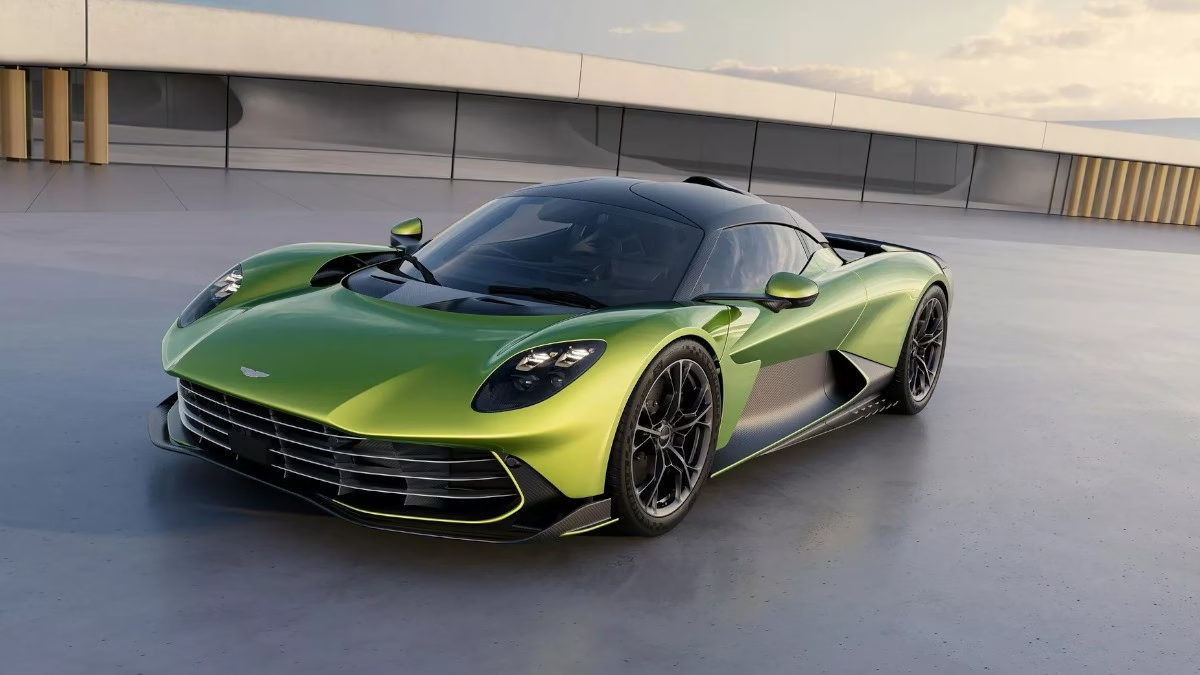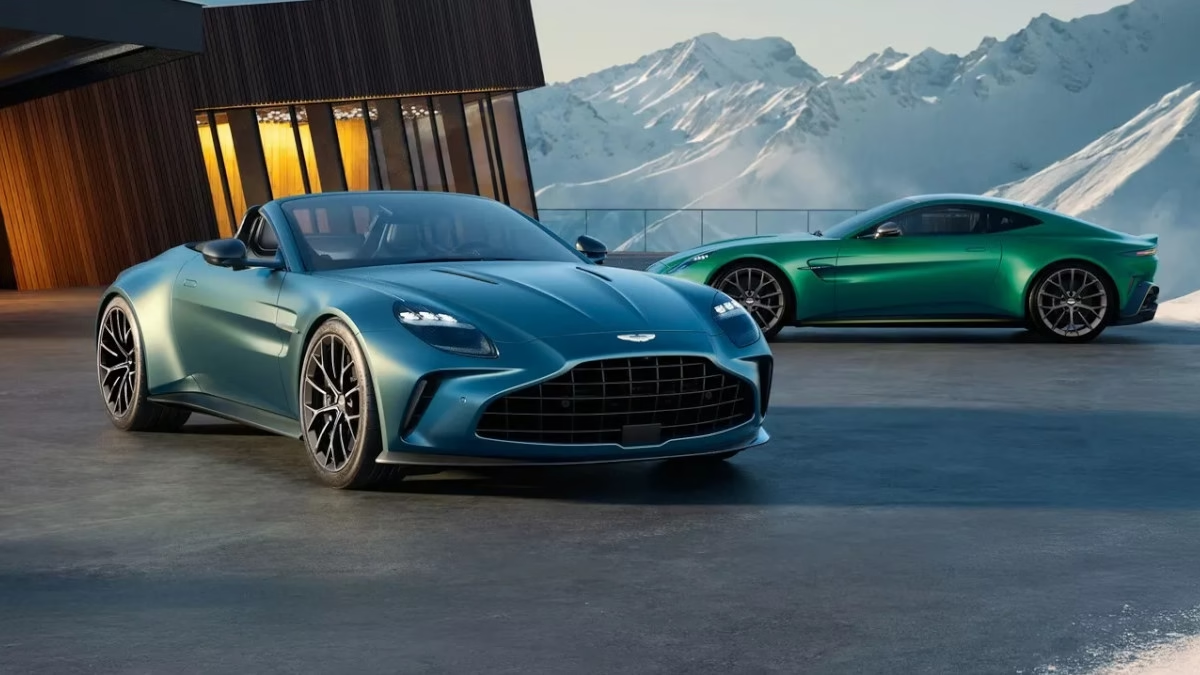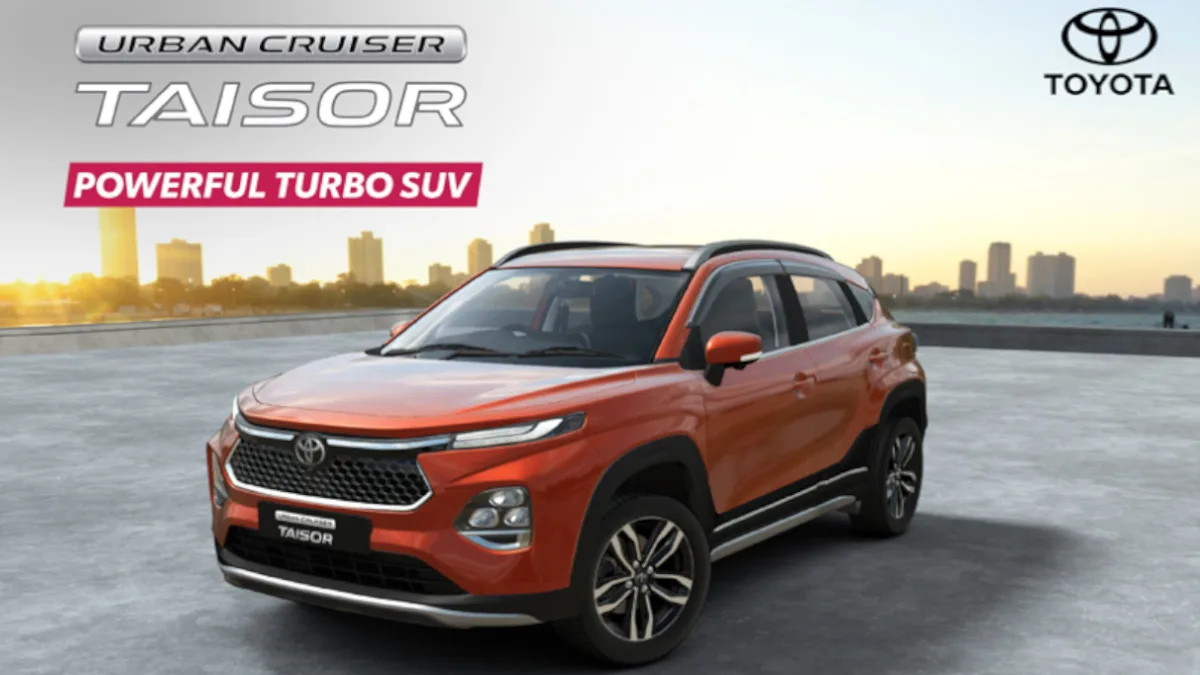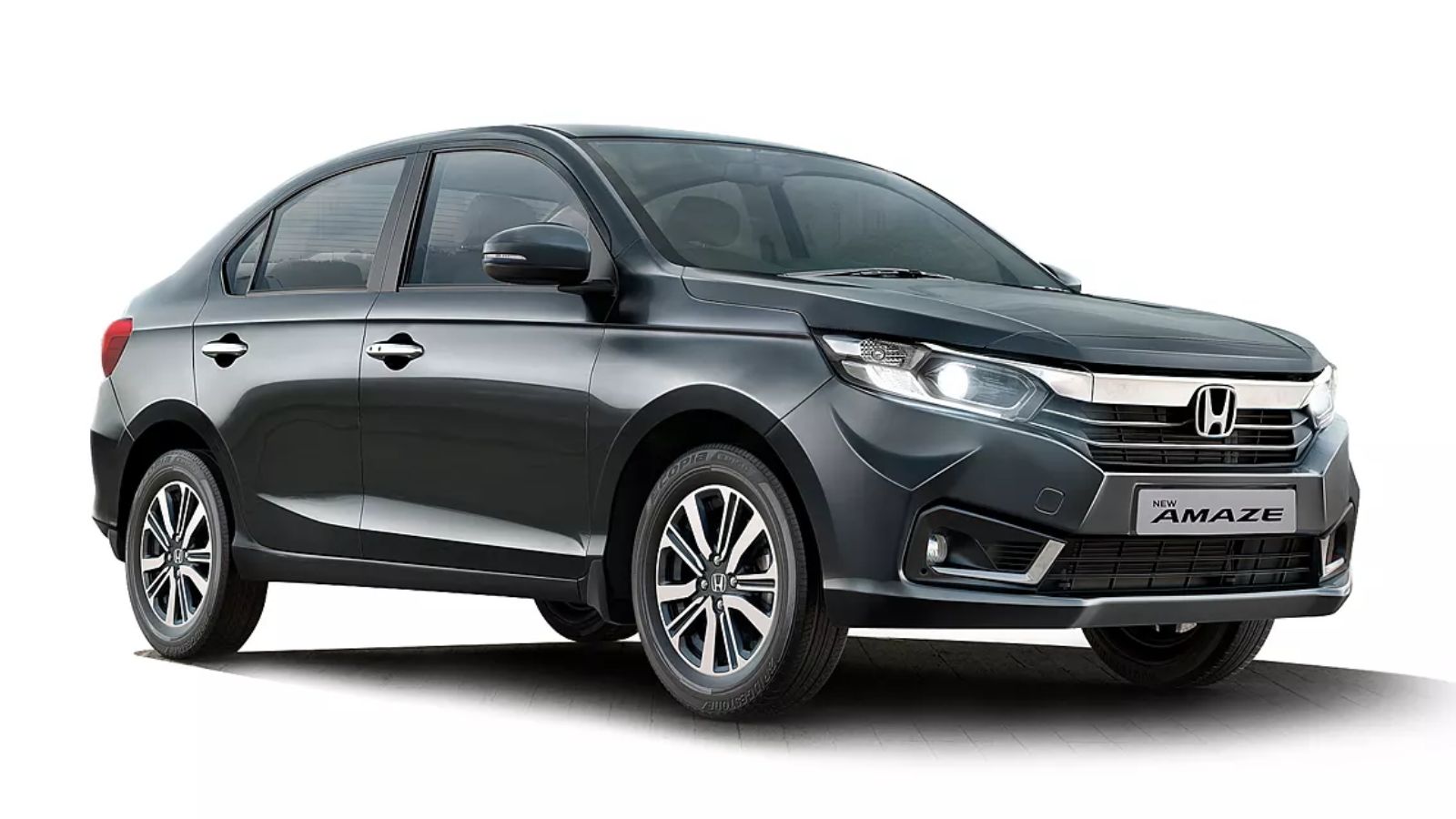Aston Martin has officially unveiled its much-anticipated Valhalla supercar, over five years after its initial concept debut and three years since its production design was first previewed. Set to go into production in the second quarter of 2025, the Valhalla aims to compete with the likes of the Lamborghini Revuelto and Ferrari SF90 Stradale, while following in the footsteps of the brand’s high-performance Valkyrie.
At the heart of the Valhalla is a 4.0-liter twin-turbo V8 engine that generates 817 hp (828 PS), the highest specific output of any Aston Martin engine. In addition to the V8, the car is equipped with three electric motors, including two on the front axle, boosting the total power output to 1,064 hp (1,079 PS) and 811 lb-ft (1,100 Nm) of torque.
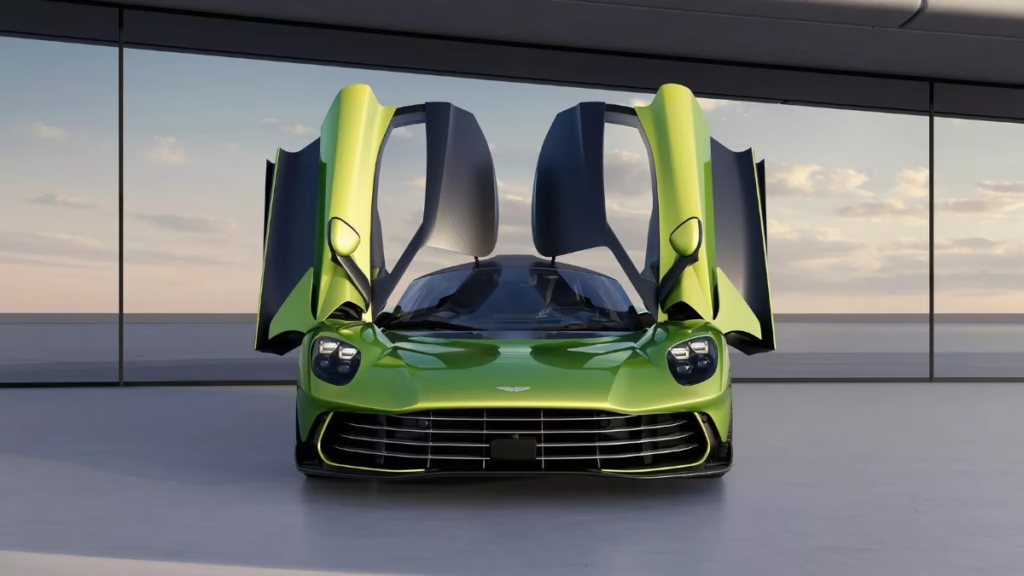
This marks the first time Aston Martin has produced a plug-in hybrid, with the Valhalla also debuting the company’s new eight-speed dual-clutch transmission. Thanks to its 1,000+ horsepower and all-wheel drive, the Valhalla can accelerate from 0 to 62 mph (100 km/h) in just 2.5 seconds, with a top speed of 217 mph (350 km/h).
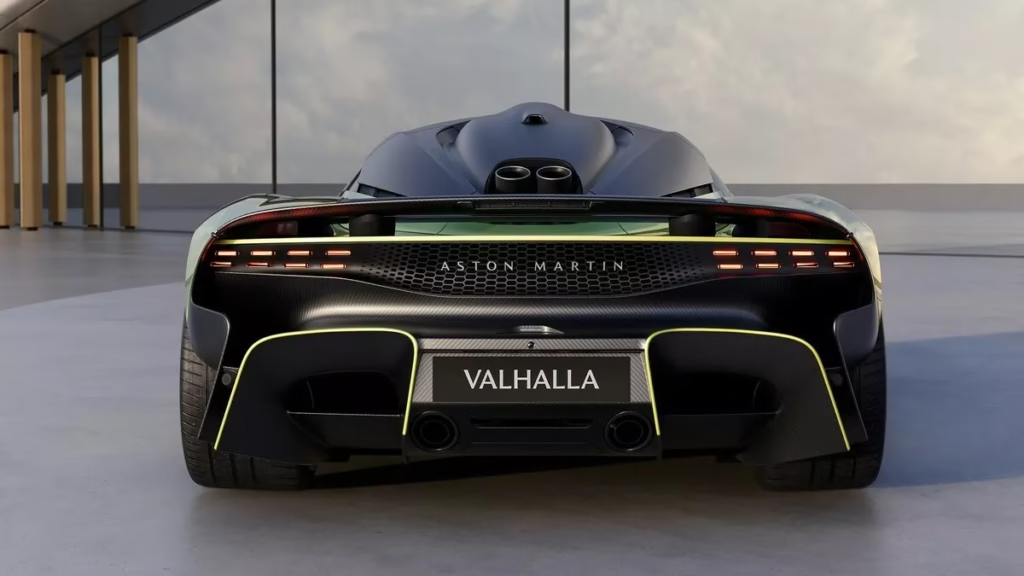
The V8 engine in the Valhalla is distinct from other Aston Martin V8s, featuring a dry sump lubrication system and a 180-degree flat-plane crankshaft. Additionally, the engine is equipped with new camshafts and exhaust manifolds, while the turbochargers are larger than those used in the DBX707.
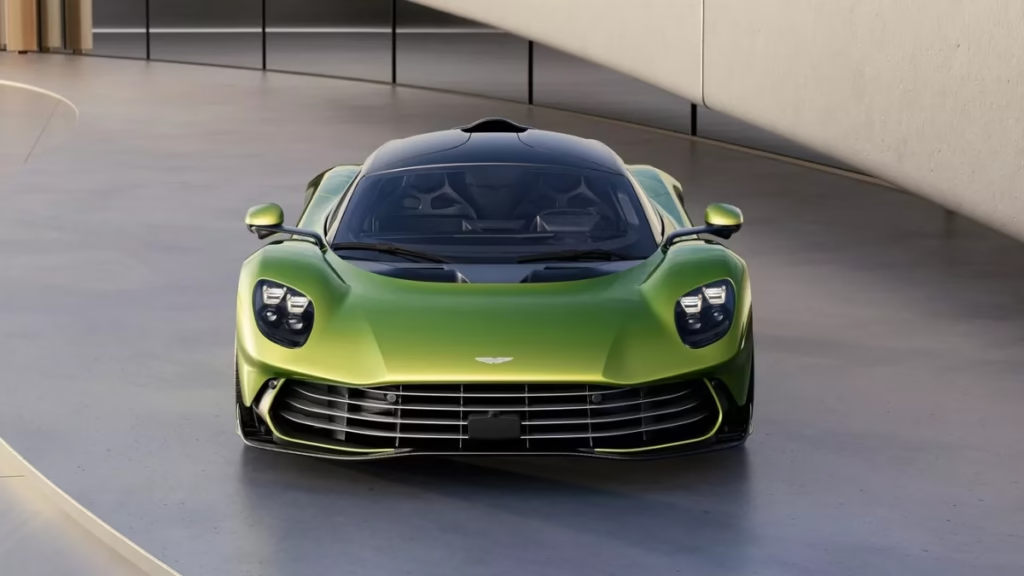
The integration of electric motors gives the Valhalla advanced torque vectoring on the front axle and an electronic limited-slip differential on the rear axle. The electric motors also help reduce turbo lag and enable energy recovery during braking. The Valhalla can even drive on electric power alone for up to 8.6 miles (14 km), with a top electric speed of 80 mph (140 km/h).
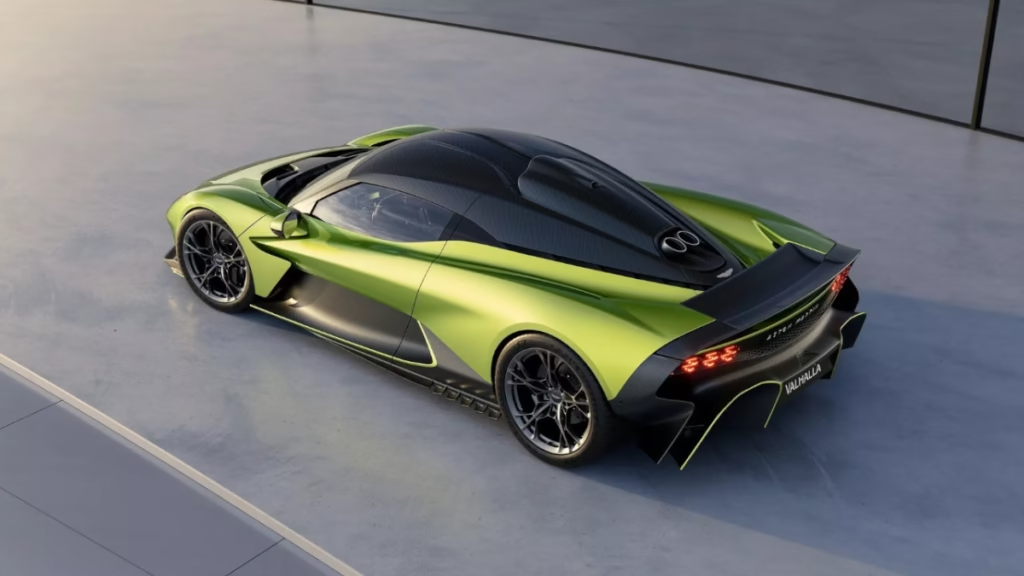
Aerodynamics play a crucial role in the Valhalla’s performance. At speeds of 149 mph (240 km/h), the car generates over 600 kg of downforce, and as speed increases, active aerodynamics adjust to manage excess downforce. The car’s suspension, steering, brakes, aerodynamics, and powertrain are all optimized by an Integrated Vehicle Dynamics Control (IVC) system, ensuring smooth communication between the front and rear axles, which are not physically connected.
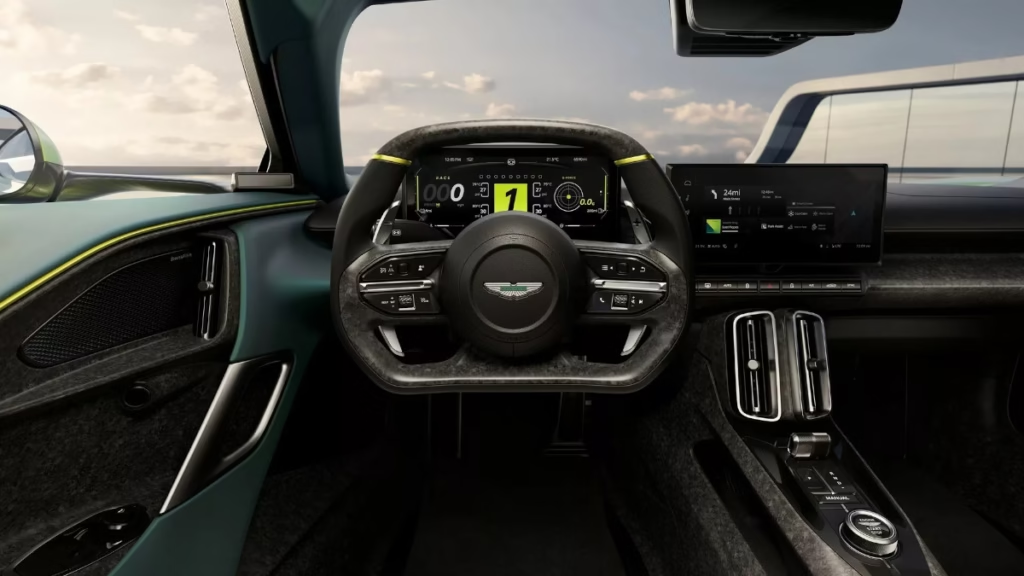
The Valhalla’s structure is built around a carbon fiber monocoque, inspired by Aston Martin’s Formula 1 experience, with aluminum subframes attached at the front and rear. The front suspension uses a push-rod design with inboard springs and dampers, while the rear is equipped with Bilstein DTX adaptive dampers. Carbon ceramic brakes, with 410 mm front discs and 290 mm rear discs, provide stopping power.
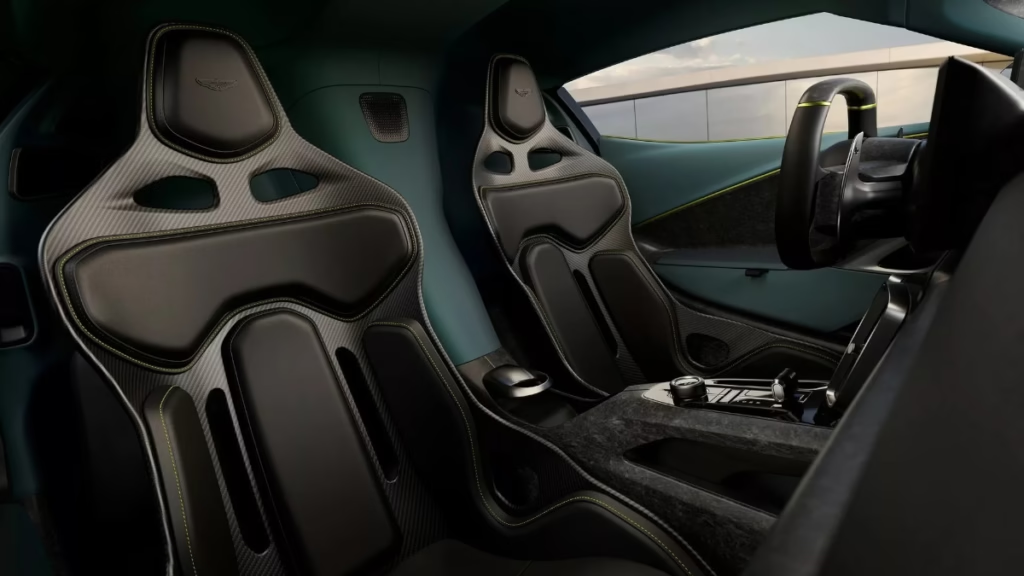
Inside, the Valhalla features a race car-inspired cabin, with raised footwells for a low hip-to-heel seating position, and one-piece carbon fiber seats. A carbon fiber steering wheel with a flat top and bottom, along with a large digital instrument cluster and infotainment screen, contribute to the car’s futuristic feel. Customization options will be available through Aston Martin’s Q division, allowing buyers to tailor the car to their preferences.
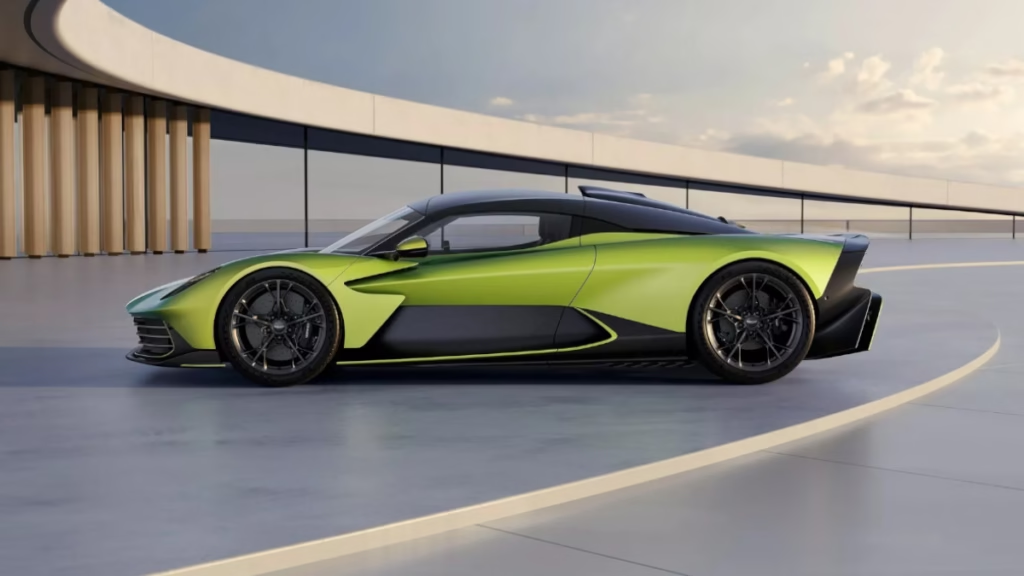
While the exact price of the Valhalla remains undisclosed, it will be limited to just 999 units worldwide.
Discover more from Wheels Craze - Automotive News, EV News, Car News, Bike News
Subscribe to get the latest posts sent to your email.


